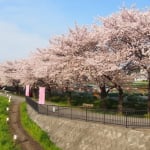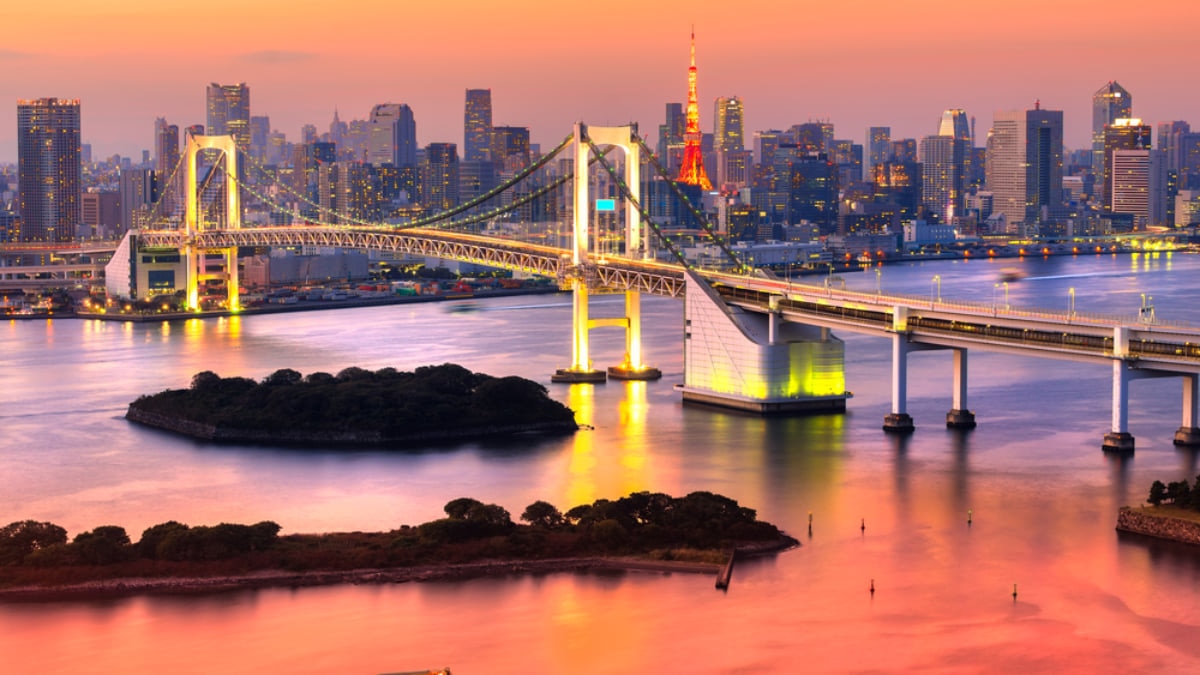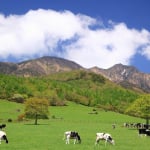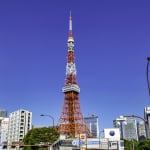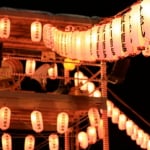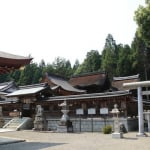Photo by Luciano Mortula - LGM/Shutterstock
6 Things You Need to Know Before Visiting Tokyo
Tucked away in the far east, this island nation has long retained its fascinating culture, in a way like no other nation has. This also means things are often done differently here, often much to the surprise of western visitors. Before traveling to the Land of the Rising Sun it helps to know a few things beforehand and make that culture shock, less of a shock.
table of contents
[x] close
6 Things You Need to Know Before Visiting Tokyo
Transportation is a Little Confusing
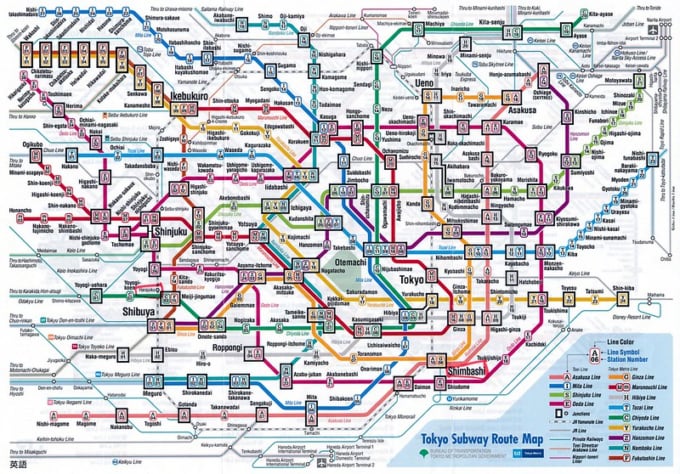
Photo by JarkkoS/Flickr
For such a large city, Tokyo is amazingly well connected and most places never need a walk of over 15 minutes from a train or metro station. However this also means it can be a little confusing and intimidating for the uninitiated as visitors are faced with maps full of a gazillion train stations to find their destination from.
To confuse matters even further, you'll start noticing there's not just one company, but several that have lines throughout Tokyo, the major ones being Tokyo Metro and JR Railways. If you need to change between lines on these different companies, it'll mean exiting the station and finding the other entrance. While it might be the same station name, it can often mean needing to get out of the station building and walking for five minutes or so to get to the other company's station. Sometimes they're not even that well marked, meaning you can easily get lost while transferring.
The easiest way to make sense of your journey is by relying on Google Maps to take you there. It'll tell you if you need to exit to transfer along with the route to walk to the next station and even let you know the best exit to take.
Another thing to watch out for is the rapid or commuter trains and local trains on JR lines. Local trains stop at every station along the line whereas rapid trains and commuter trains often miss out lots of stations in between. Make sure to check if your journey needs a local train beforehand. If it doesn't stop at your station you may have to wait for a while to get off and take a train back along the same line, ending up with a huge amount of lost time.
Table Charges
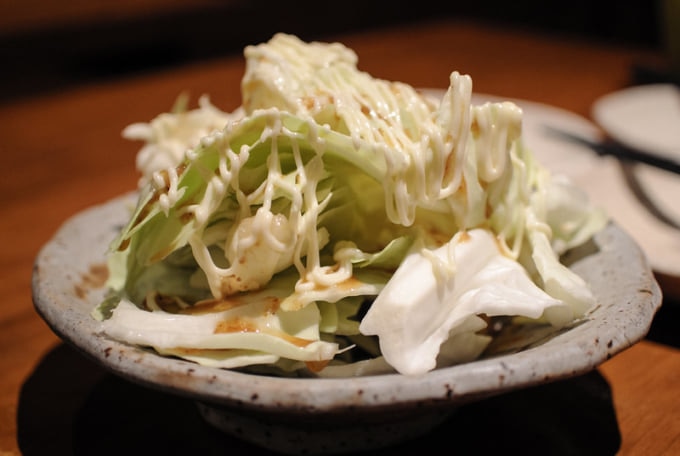
Photo by Tranpan23/Flickr
It might seem a little strange to most when combing the bill at a restaurant to find an additional price you never ordered. Often most traditional bars and a number of restaurants will bring out a small dish at the start of the meal, which can often just be a small spoonful of potato salad or something similar. This is not complimentary, it actually represents the 'table charge', basically an extra fee you'll need to pay for having a meal there. It's often a regular source of complaints from foreign tourists visiting Japan, finding an additional payment on their bill and arguing that they never ordered it.
Foreign customers often think the restaurant is trying to scam them by bringing tiny dishes they never ordered and charging them for it. However that's not the case, this is generally standard for most eateries apart from cheap chain restaurants, both locals and foreigners alike have to pay.
Cash is Still King
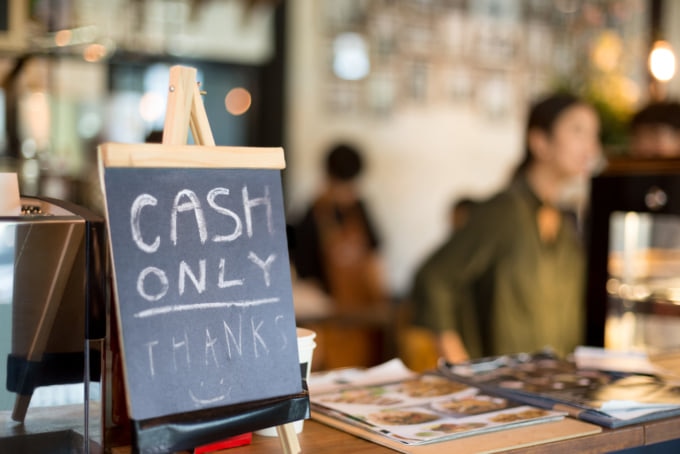
Photo by Bignai/Shutterstock
While the city is trying to promote vendors and consumers to use cashless payments such as suica or credit cards, most restaurants especially family run places only accept cash. To avoid any awkward moments where the shopkeeper doesn't take cards and you ran out of cash, make sure to keep a few bills on you at all times. Japan has been a cash
ATMs Close Early
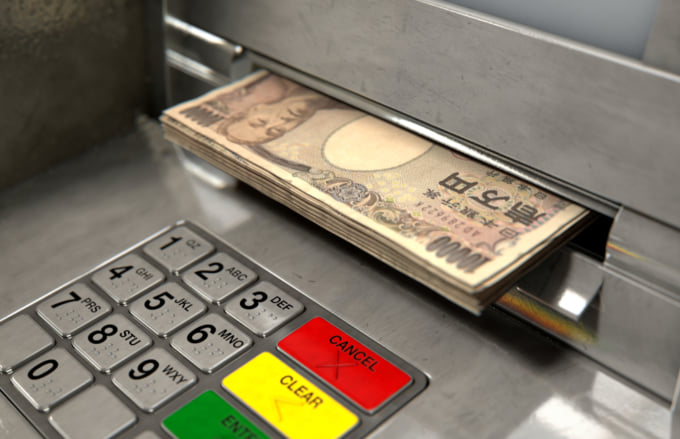
Photo by Inked Pixels/Shutterstock
On a related note, you'll notice most ATMs here don't actually work for 24 hours and many have odd opening times, sometimes shutting as early as 4PM on weekends. While you'll usually find 24 hour ATMs in central Tokyo, the further you get into the countryside the more common you'll find that the ATMs close up at a certain time. In order to avoid any hassle, just take out more money than you'll think you need just in case you can't find an ATM.
English is Not Spoken by Everyone
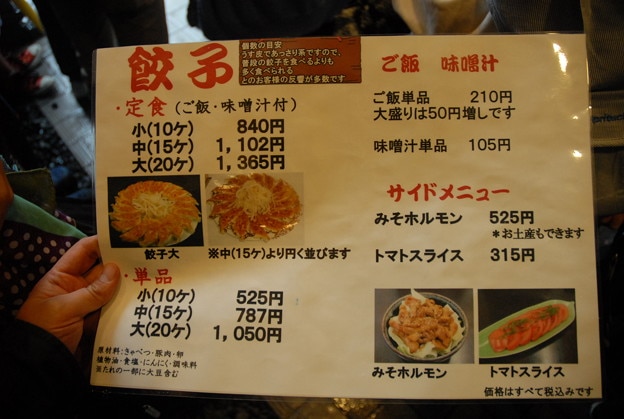
Photo by photozou.jp
With such a popular city and international city as Tokyo, you might expect English to the universal second language, waltzing around the city with no qualms. Unfortunately that's not quite the case and most restaurants aren't so English friendly. Even in major tourist hot spots such as Shinjuku and Shibuya, traditional bars and restaurants will often only have Japanese menus, some without even pictures that you can at least point at. Owners and staff may also struggle with English. While you don't need to memorize a dictionary for your trip, it can help to know a few words and ask if they have an English menu before sitting down at an eatery.
Despite of this, don't come here worrying that no one speaks a lick of your language, most people still have basic English skills, especially among the younger population. So don't be afraid to ask for help if needed.
The Waiter is Probably Not Ignoring You

Photo by diy13/Shutterstock
For convenience to both the customer and the staff, some restaurants fix a buzzer at the table in order to call members of staff over to order or help you out. If you've waited a while with no service, before you start giving your waiter a death glare, check if there's a buzzer first. Sometimes they might be unintentionally hidden behind a menu or featured into the design of the table to become unnecessarily disguised. Just make sure to scour the vicinity first before giving the staff an earful. Also be aware that tips are not expected anywhere in Japan and often trying to tip will result in awkward exchanges.
Another thing to note is that the bill is usually settled at a cash register, usually near the entrance of the restaurant. Don't leave the money on the table, it's just not done here.
Conclusion
Tokyo can be confusing at first, especially for those feeling the effects of jet lag setting in. Instead of rushing around trying to make sense of things while setting a time restraint, take things a little slower during the first couple of days to get used to it.


